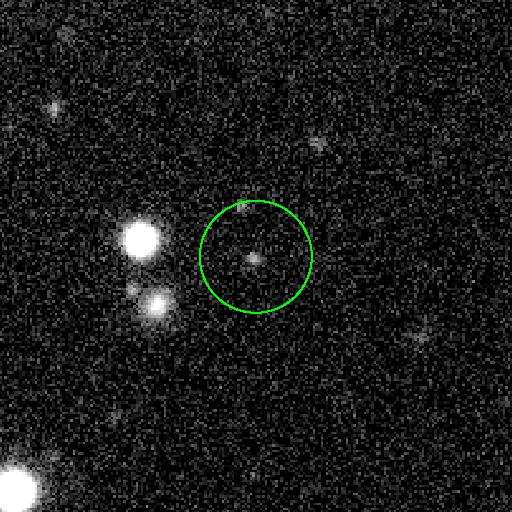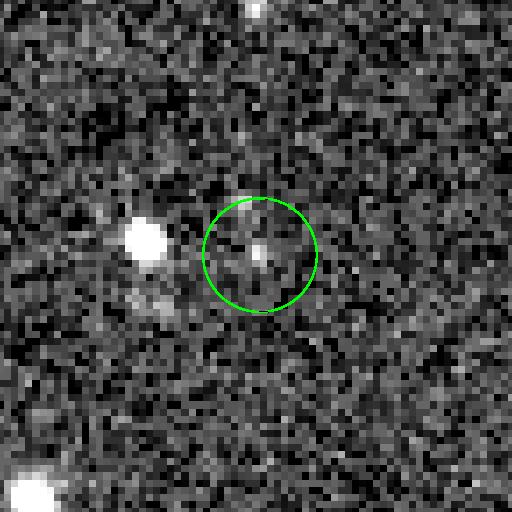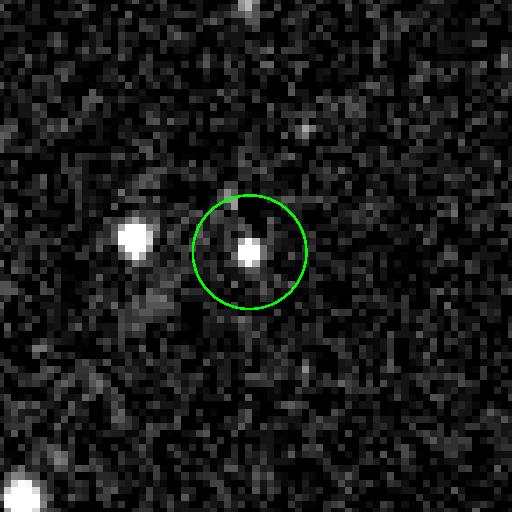|
Surveys at near-infrared wavelengths (NIR; 2.2µm)
have revealed a class of galaxies that are very faint at optical
although relatively bright at NIR, resulting in distinctively
red optical-infrared colours (R-K>5.5). These systems, dubbed
Extremely Red Objects (EROs), are believed to be almost equally
split between dusty active galaxies (starbursts or AGN) and
ellipticals at moderate to high redshifts (z>1). The former owe
their red colours to heavy dust obscuration of the underlying stellar
or AGN emission, while the latter have an intrinsically red spectral
energy distribution that appears even redder due to their high redshift
(k-correction). The identification of either type of galaxies
(dusty or old) at high-z has significant cosmological implications,
providing significant impetus in ERO studies. Open questions include:
-
What is the relative fraction of starbursts and AGN among the
dusty ERO subpopulation.
-
What are the low redshift descendants of these high-z objects.
To address this issue one has to determine properties such as stellar
mass and large scale environment to compare against local populations.
-
Is this population a significant component of the Universe at high redshift.
For example what is the contribution of these objects to the total
mass density and star-formation rate density of the Universe at
z~1.
We combine optical (UBVRI), near-IR (KJ) and
radio continuum (1.4GHz) observations obtained as part of the Phoenix Deep Survey to explore the
properties of EROs. Firstly we quantify the environment of these
systems and show that they reside, on average, in overdense
regions, groups or clusters (Georgakakis et al. 2005).
Using the 1.4GHz radio emission as dust-free SFR diagnostic, we
estimate the mean SFR of dusty EROs, independent of dust induced
biases. Comparison with SFR estimates based on optical emission
lines (i.e. affected by dust), suggest a mean optical extinction
A_V>0.5. We also estimate a lower limit of about 10% for the
contribution of EROs to the global SFR density
(Georgakakis et al. 2006).
We further estimate the stellar masses of these systems a
find that they are massive galaxies. However, not all massive
galaxies at z~1 are EROs. These systems represent about 50% of the
mass density of the Universe at these redshifts
(Georgakakis et al. 2006).
| 

